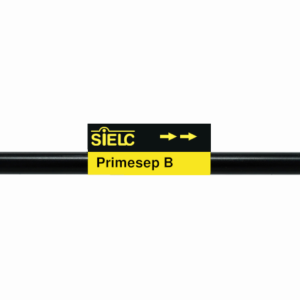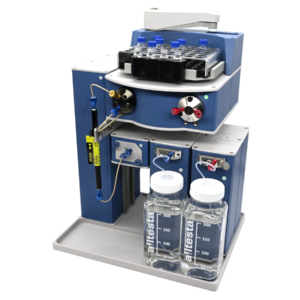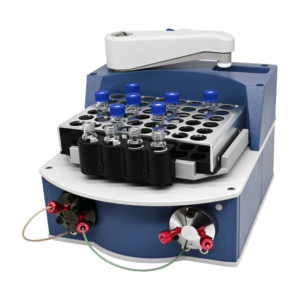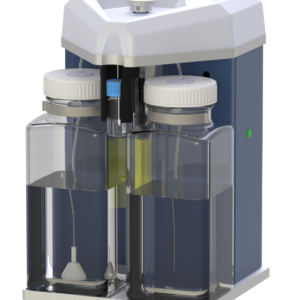HPLC Method for Analysis of Berberine on Primesep B by SIELC Technologies

High Performance Liquid Chromatography (HPLC) Method for Analysis of Berberine
Berberine is a naturally occurring alkaloid found in several plants, including the roots, rhizomes, and stem bark of plants such as Berberis species (barberry), Coptis chinensis (goldthread), and Hydrastis canadensis (goldenseal).
Biological Activities:
- Medicinal Properties: Berberine has been used in traditional medicine for its various medicinal properties, including antimicrobial, anti-inflammatory, and antioxidant effects.
- Blood Sugar Regulation: Some studies suggest that berberine may help regulate blood sugar levels and improve insulin sensitivity, making it of interest in diabetes research.
- Cholesterol Management: It has been investigated for potential benefits in managing cholesterol levels.
- Anticancer Properties: Berberine has also shown promise in preclinical studies for its potential anticancer properties.
Uses:
- Berberine supplements are available and marketed for various health purposes.
- In traditional medicine, berberine-containing plants have been used for treating various conditions.
Berberine can be retained, and analyzed using a Primesep B mixed-mode stationary phase column. The analysis utilizes an isocratic method with a simple mobile phase consisting of water, acetonitrile (MeCN), and ammonium formate as a buffer. Detection is achieved using LC MS 336 + positive mode
| Column | Primesep B, 3.2 x 100 mm, 5 µm, 100 A, dual ended |
| Mobile Phase | MeCN/H2O – 10% |
| Buffer | Ammonium formate pH 3.0 – 40 mM |
| Flow Rate | 0.5 ml/min |
| Detection | SIM 336+ |
| Samples | 0.1 mg/mL in MeCN/H2O – 50/50% |
| Injection volume | 1 µl |
| LOD* | 80 ppb |
| Class of Compounds | Alkaloid, Quaternary ammonium |
| Analyzing Compounds | Berberine |
Application Column
Primesep B
Column Diameter: 3.2 mm
Column Length: 100 mm
Particle Size: 5 µm
Pore Size: 100 A
Column options: dual ended





